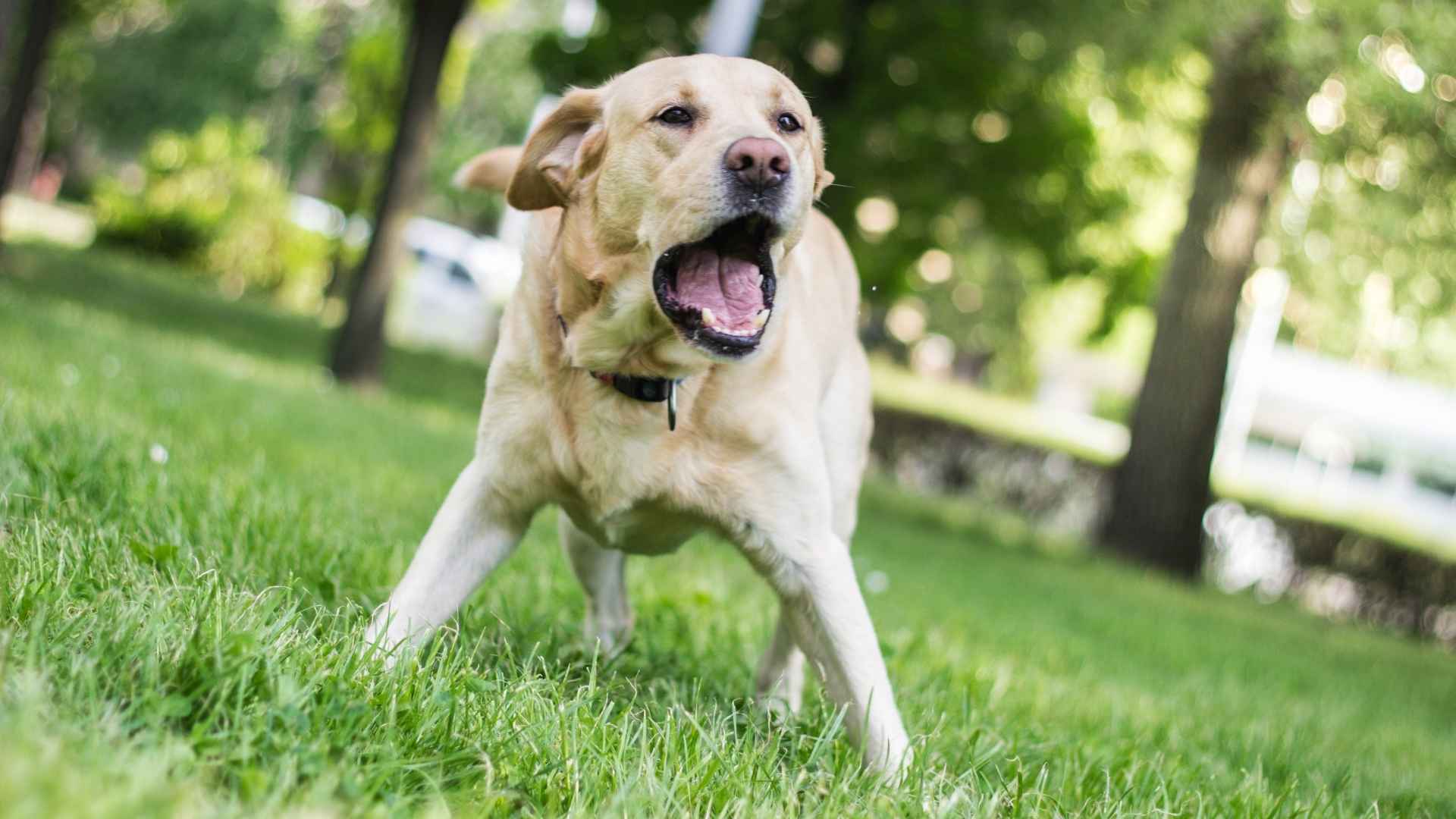Dogs communicate in many ways, but some take their vocal skills to the next level! You’re not alone if you’ve ever wondered why certain pups seem to have an endless supply of barks, whines, and howls. Frequent barker dogs are known for their lively personalities and a strong need to express themselves—to alert you of a stranger, demand attention, or respond to everyday sounds.
While their enthusiasm can be charming, it’s important to understand what drives their barking habits. Some breeds are naturally more vocal due to their working or guard dog history, while others love to “talk” to their humans.
If you’re considering a chatty canine companion, knowing what to expect can help you decide if their vocal nature matches your lifestyle. Ready to meet the most talkative pups? Let’s dive into the world of frequent barker dogs and what makes them so expressive!
Frequent Barker Dog Breeds
1. Chihuahua

The Chihuahua is one of the most vocal small dog breeds. Despite their tiny size, they have a loud and persistent bark. These little dogs are naturally alert and bark at anything suspicious. The world’s smallest dog makes up for its lack of stature by making a lot of noise. The feisty chihuahua is known for being yappy and snappy and will bark for various reasons.
A Chihuahua won’t hesitate to make its presence known, whether a stranger at the door, a passing car, or even a rustling leaf. Their sharp instincts and quick reactions make them naturally vocal.

Their protective instincts are a major reason for their frequent barking. Chihuahuas form strong bonds with their owners and take their role as guardians seriously. They often perceive even the smallest changes in their surroundings as potential threats and react with loud, persistent barking.
Chihuahuas are highly sensitive to their environment and can become easily overstimulated. Loud noises, unfamiliar people, or sudden movements often trigger reactive barking. Their high-strung nature means they are always on alert, and without structure, their barking habits can spiral out of control.
Training and socialization play a crucial role in managing their barking. Early exposure to different sounds, people, and environments helps them feel more secure and less prone to barking excessively.
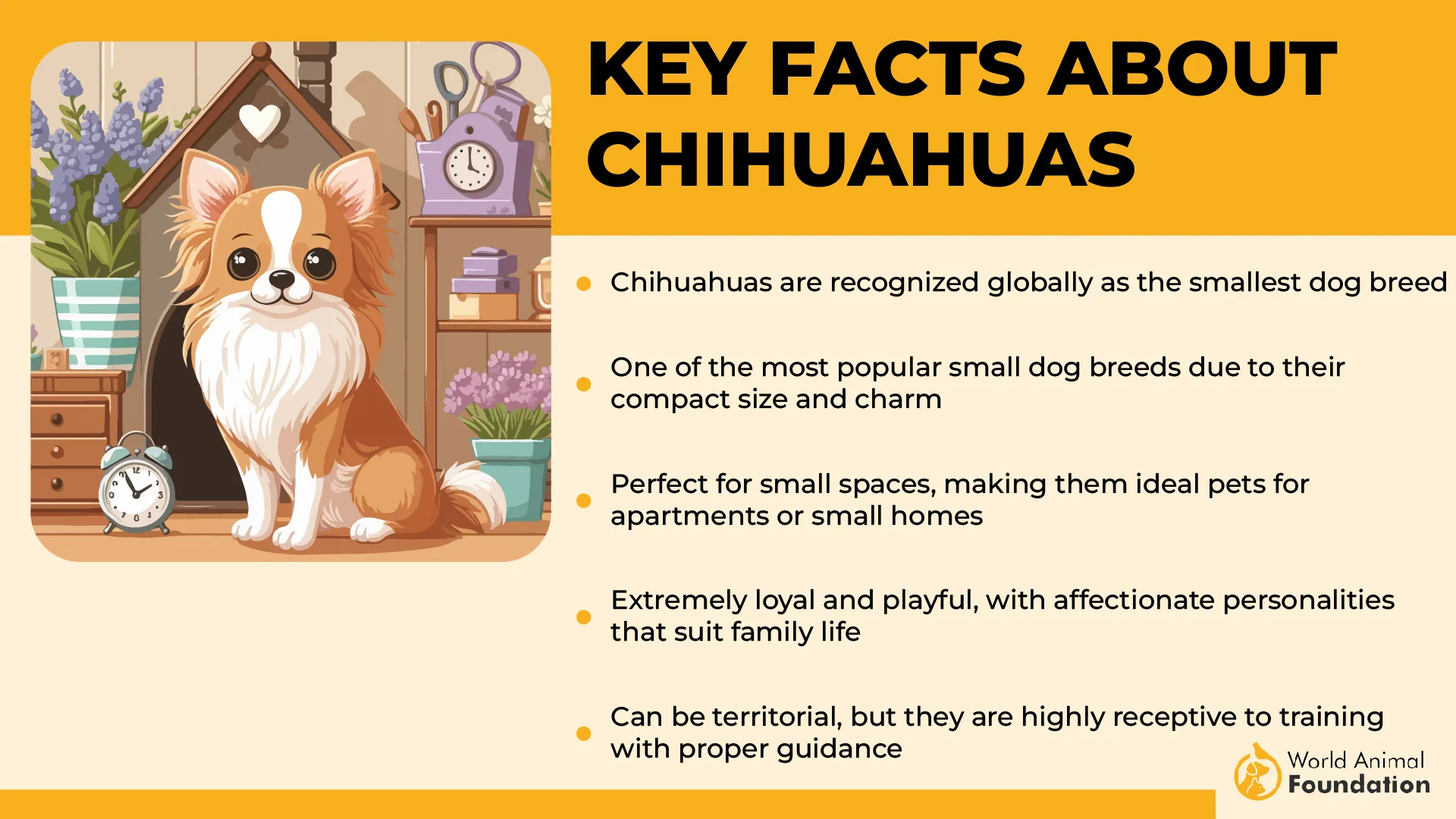
Teaching commands like “quiet” and rewarding calm behavior can help establish better control over their vocal tendencies. Consistent training helps them distinguish between real threats and everyday noises.
While their barking can be a challenge, it is deeply ingrained in their personality. Their bold and expressive nature makes them highly vocal, ensuring they are never ignored. Their barking habits can be managed with patience and structured training, allowing them to be alert, loving, and loyal companions without excessive noise.
2. Miniature Schnauzer

The Miniature Schnauzer is a classic example of a vocal dog breed. Despite their delicate and dinky stature, they have a surprisingly deep bark that can be persistent. They are known for their sharp intelligence and strong instincts.
They use their voices to alert their owners about movement or unfamiliar sounds. Their ringing bark can be frequently heard, making them one of the most talkative small breeds.
Originally bred as a plucky ratting terrier, the Miniature Schnauzer developed a keen sense of awareness. They are naturally protective and quick to bark at anything they consider suspicious. This energetic terrier prefers to communicate through frequent barking.
Their enthusiasm and confidence often lead them to bark at strangers, other animals, or even everyday household noises.

As noted by the AKC, Miniature Schnauzers are not just watchdogs but also social dogs that bark to express excitement and frustration or demand attention. Their spirited nature fuels their vocal tendencies. If not properly trained, they can develop excessive barking behavior, reacting loudly to even minor disturbances.
Their alert nature also influences their barking. Their persistent vocalizations serve a similar purpose—communicating their findings and ensuring their presence is known. Because of this, they require firm training to control unnecessary noise while still allowing them to be effective watchdogs.
Despite their vocal tendencies, Miniature Schnauzers remain a beloved breed for those who appreciate a lively and expressive companion. Their barking can be managed with consistent training and socialization, making them both spirited guardians and loving pets within the canine species.
3. Yorkshire Terrier

The Yorkshire Terrier, or Yorkie, is a frequent barking dog breed known for its distinctive barking and sharp alertness. Despite its diminutive pastoral breed size, this little dog has a big voice, making it a natural watchdog.
Yorkies have a keen sense of hearing and react quickly to noises, unfamiliar people, and sudden movements, making them one of the most vocal dogs.
Yorkies are highly alert and protective, often displaying the confidence of a guard dog par excellence. They tend to engage in reactive barking, sounding the alarm at the slightest disturbance.
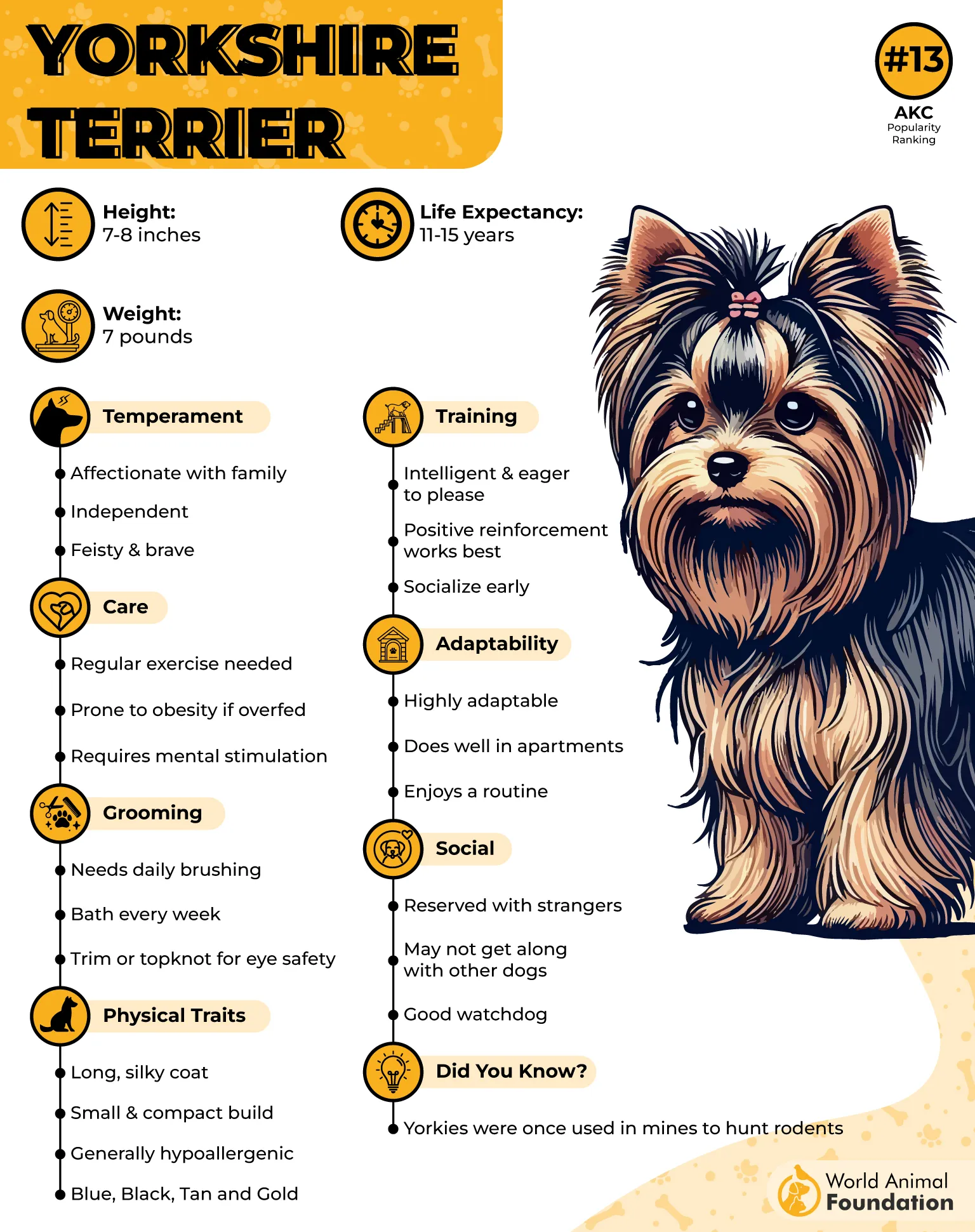
Their strong personality and need to assert themselves make them quick to vocalize their emotions- excitement, curiosity, or territorial instincts. This very special bark is their way of ensuring they are heard, and without training, their barking triggers can become excessive.
Yorkies are incredibly intelligent and energetic, always ready to react. Their high-pitched bark can be persistent and requires consistent management training. While their barking helps them stand out as effective alert dogs, it can also become overwhelming without proper boundaries.
Socialization plays a crucial role in curbing their barking habits. Yorkies are naturally wary of strangers and unfamiliar environments, leading them to bark frequently. Exposure to different people, places, and sounds helps reduce unnecessary barking. They can develop excessive vocal tendencies without proper guidance, barking at every minor disturbance.
Yorkies often see themselves as much larger than they are, a trait common in many watchful pastoral breeds. Their strong vocal cords enable them to produce a loud and persistent bark, making them seem more imposing than their actual stature.
Their instinct to bark can be channeled positively through training, socialization, and mental stimulation. With the right approach, a Yorkie can be a loving pet and a vigilant yet well-mannered watchdog.
4. American English Coonhound

The American English Coonhound is a sociable and vocal breed known for its loud bark. Originally bred as a working pack animal, this hound has an instinct to track and alert its owner with a seriously loud bark. Their deep, distinctive ringing noise can be heard from a great distance, making them highly effective hunting, search, and rescue dogs.
They thrive in active environments and communicate frequently with their owners and other dogs. The American English Coonhound uses its voice to signal and track. This trait makes them one of the noisiest dogs, especially when they catch a scent or get excited.

The American English Coonhound is a highly vocal breed with a loud and intimidating bark, originally bred for hunting and tracking. Their booming bark can carry over long distances, effectively alerting their owners. They can develop nuisance barking habits without proper training, especially when excited or unstimulated.
WebMD states that Coonhounds are incredibly energetic and active dogs that require regular physical and mental stimulation. They can develop nuisance barking habits without proper exercise, making them very barky dogs in household settings. Consistent training and early socialization can help manage their barking while allowing them to express their instincts.
Despite their loud mouth, the American English Coonhound can be a wonderful companion for those who appreciate an enthusiastic, vocal, and adventurous breed. With the right training and environment, their barking dog tendencies can be managed, making them both a loyal hunting partner and an affectionate domestic pet.
5. Finnish Spitz

The Finnish Spitz is a true barking bird dog, originally bred to help hunters by signaling game with its sharp and persistent bark. This breed is known for its booming bark, which carries long distances.
Finnish Spitz relies on its voice to assist in hunting. Their protective instincts make them naturally alert, and they will bark at anything unfamiliar in their environment. As a result, they can be excellent watchdogs, though training is needed to manage excessive barking.
In the canine world, the Finnish Spitz stands out as one of the most vocal breeds, using its bark not just for alerting but also as a form of communication with its owner.
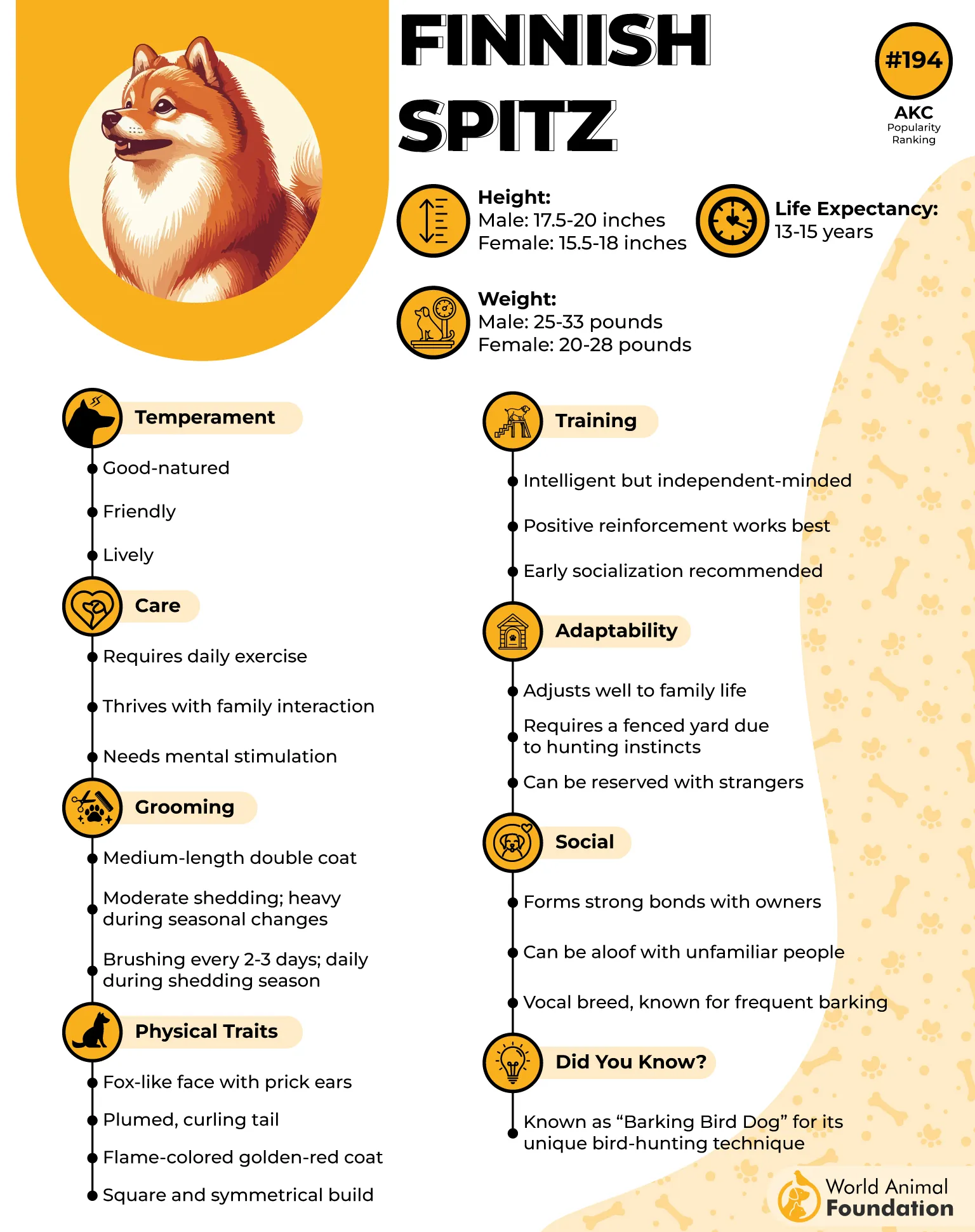
This breed forms strong bonds with its family and enjoys companionship. They can develop constant barking habits without proper exercise and engagement, making them challenging pets for quieter homes.
The Finnish Spitz’s vocalization is often described as hound music, a rhythmic and persistent barking pattern used to signal their owners. Finnish Spitz barks with purpose, making it essential to train them early to distinguish between necessary and unnecessary barking.

It earns the nickname “barking bird dog” due to its habit of continuous “yodeling” or barking to signal the hunter about the location of game birds.
Despite their high energy and vocal nature, the Finnish Spitz can be a loving domestic pet known for its intelligence and affectionate temperament. Their barking can be managed with consistent training, allowing them to be both a loyal breed and an impressive hunting partner.
6. Dachshund

The Dachshund is a highly intelligent breed known for its loud and persistent bark. Despite being a small breed, they have an inherent protective nature, making them excellent watchdogs. Originally bred for hunting, they have strong instincts to alert their owners to unusual activity.
Their keen senses and fearless attitude contribute to their frequent barking, especially when they sense a perceived threat.
This breed is naturally vocal and highly alert. They tend to bark at strangers, at sudden noises, or even when they seek attention. Their determination and confidence mean they will not hesitate to voice their concerns.
Without proper training, their barking can become excessive, making it essential to teach them to bark appropriately while still allowing them to fulfill their watchdog role.
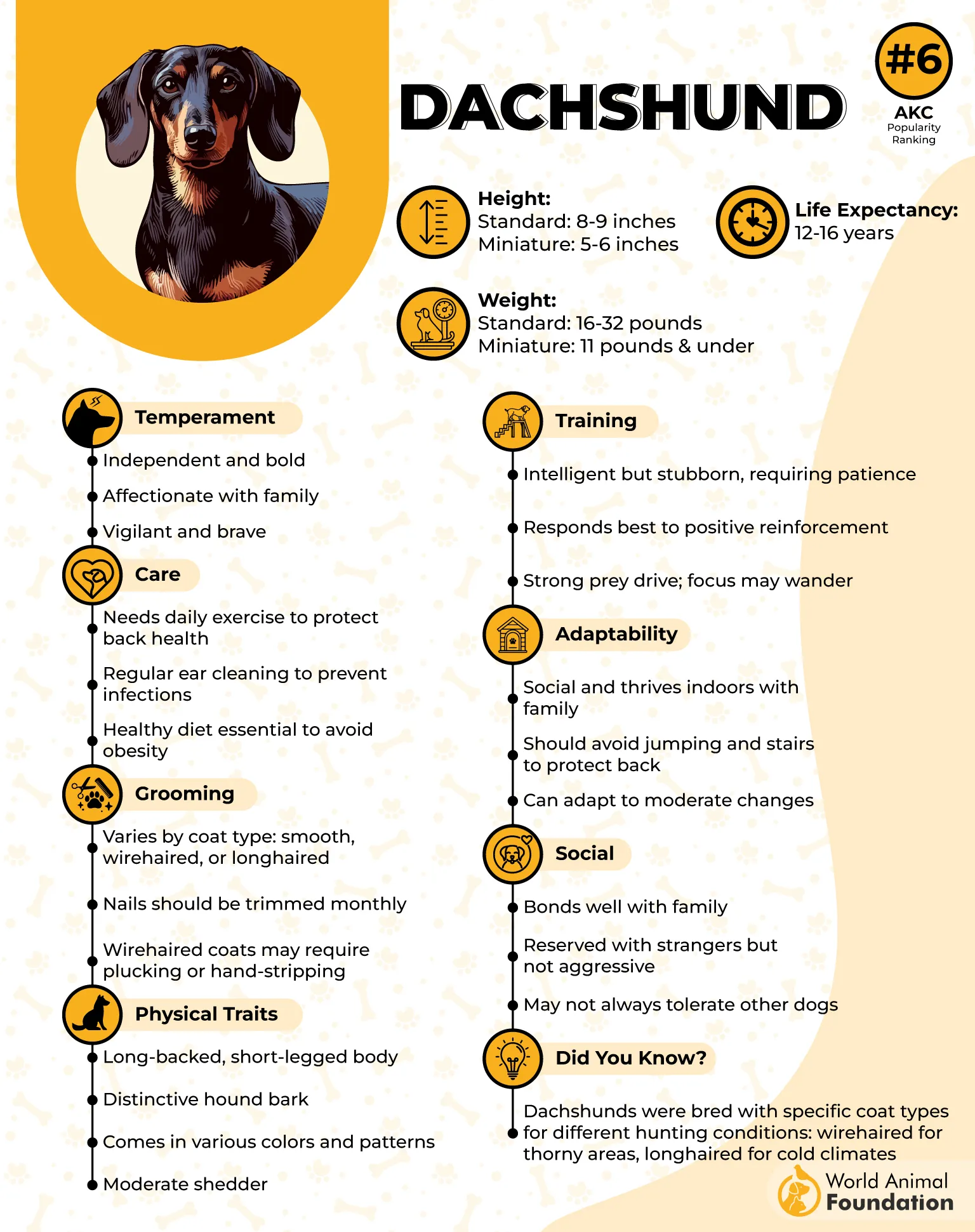
The dachshund is affectionate and loyal. It makes an ideal house pet, but its vocal nature requires consistent training. Early socialization helps them distinguish between real threats and everyday sounds. Teaching commands and rewarding calm behavior can significantly reduce unnecessary barking while maintaining their natural guarding instincts.
Because of their strong-willed personality, Dachshunds may not always listen when asked to stop barking. However, their intelligence makes them highly trainable. With patience and positive reinforcement, they can learn to control their barking while being attentive and protective.
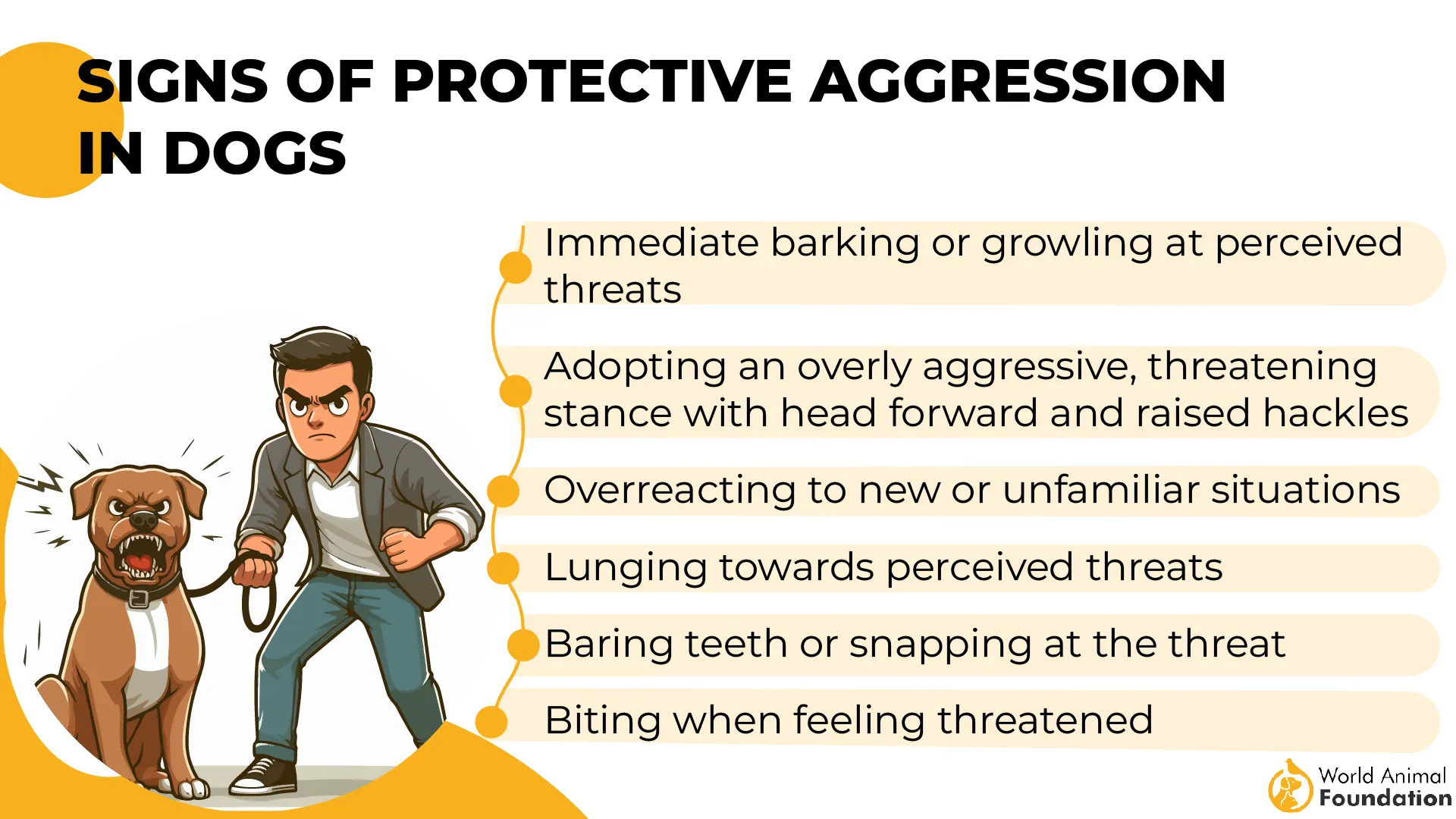
While barking is part of their nature, it doesn’t have to be a problem. With proper training and mental stimulation, the Dachshund’s frequent barking can be managed, allowing them to be both a loving companion and an effective watchdog.
7. Maltese
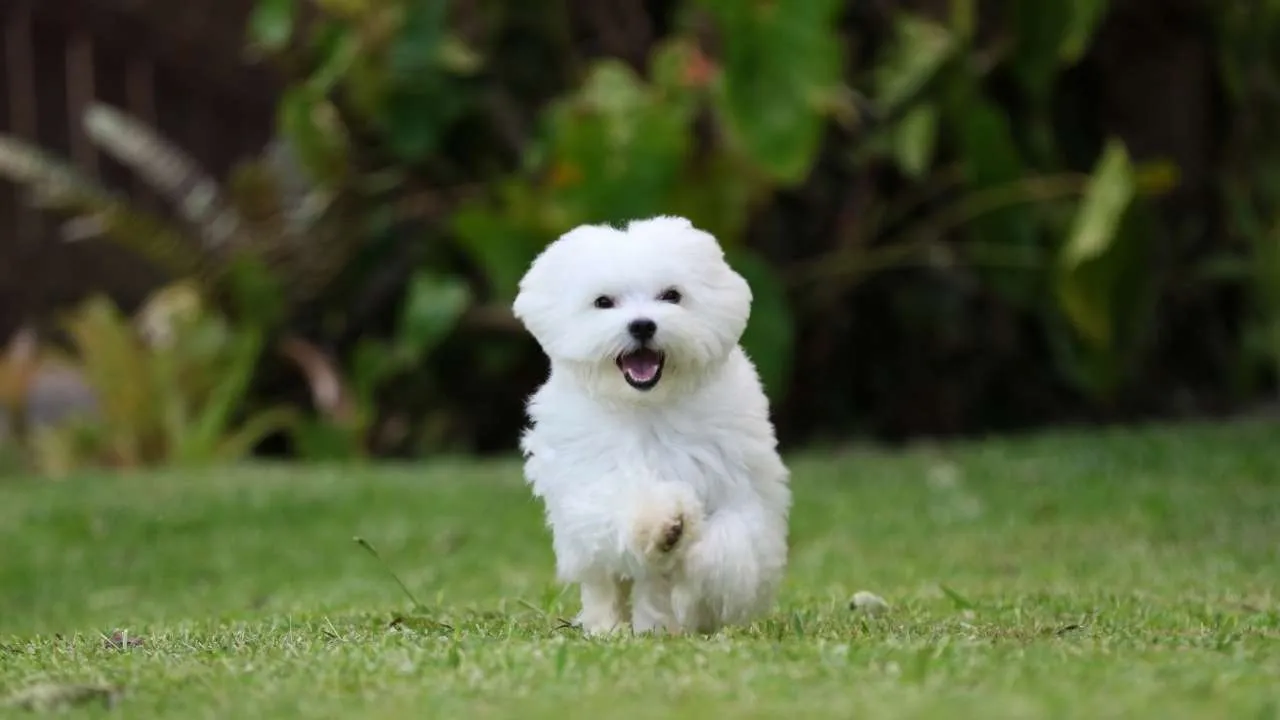
The Maltese is a frequent barking dog breed known for its sharp and persistent bark. They have a surprisingly loud voice that makes them excellent alert dogs. Their natural vigilance and sensitivity cause them to bark at strangers, sudden noises, or unfamiliar situations.
They perceive themselves as guardians, always ready to alert their owners. Their sharp, high-pitched bark can carry through walls. They tend to bark excessively without proper training, which can be challenging in quiet living environments.
Separation anxiety also plays a role in their barking habits. The Maltese thrive on companionship and dislike being left alone. When anxious or bored, they vocalize their distress. Training and socialization help reduce this, ensuring that they don’t develop excessive barking tendencies.
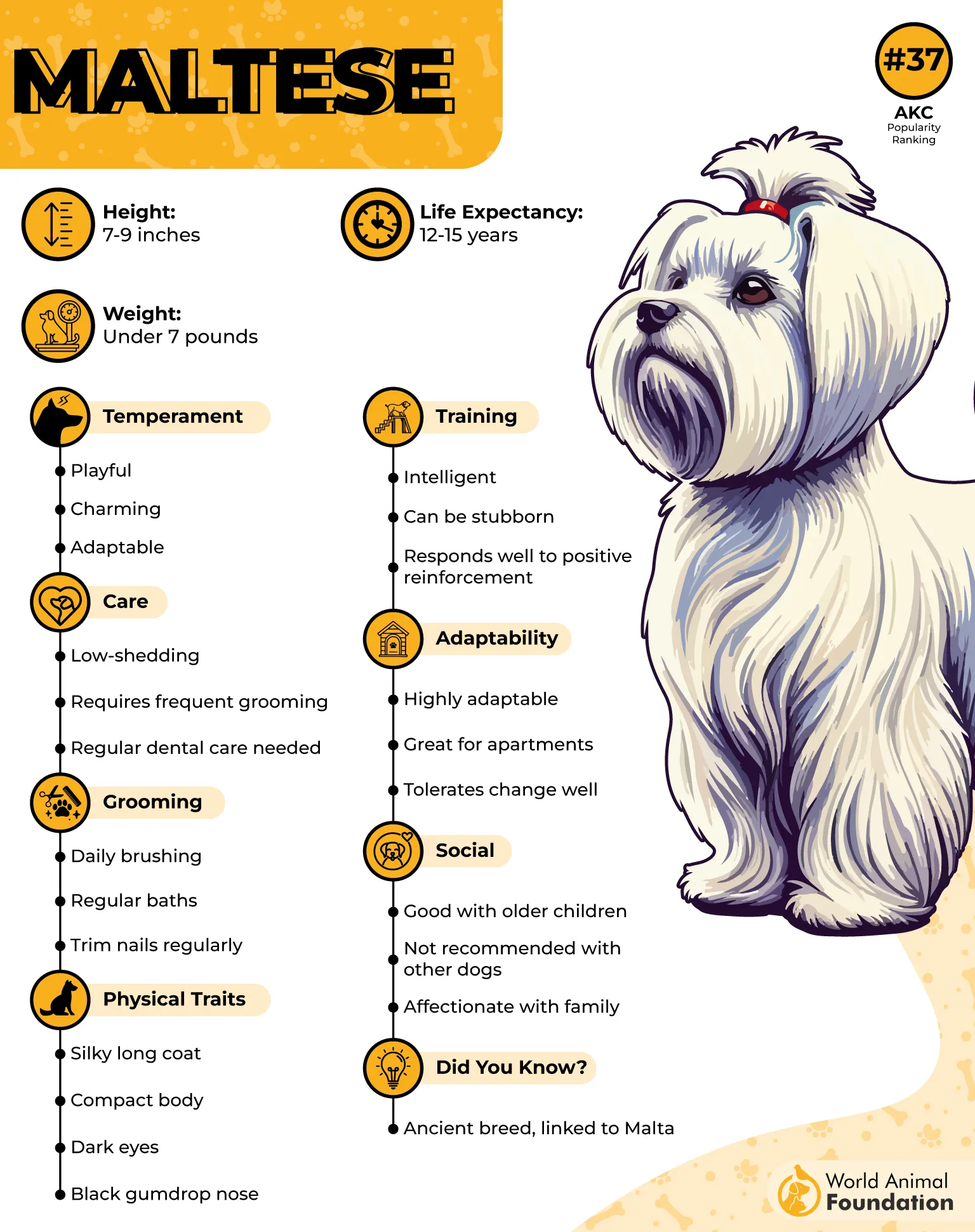
Pawlicy Advisor states that Maltese people have a playful and energetic nature, which makes them highly expressive. They bark to demand attention, communicate excitement, or even initiate playtime. Without guidance, their barking can become a habit. Setting boundaries and reinforcing calm behavior are essential to keeping their vocal tendencies in check.
Early socialization helps Maltese distinguish between real threats and harmless noises. Exposure to different people and environments builds confidence, reducing unnecessary barking. They remain alert but can learn when barking is appropriate.
While their barking is instinctive, it can be managed with patience and training. Their small size doesn’t stop them from being bold and vocal companions. With proper guidance, the Maltese can be a loving pet and an effective watchdog without excessive noise.
Conclusion
Dogs bark for various reasons, whether communication, alerting, or instinctual behaviors. Frequent barkers like the Jack Russell Terrier, Fox Terrier, and Cairn Terrier are enthusiastic terriers known for their lively vocalizations. Many natural pack animals, such as the Siberian Husky, are also quite vocal, with some Huskies even engaging in unique howling rather than traditional barking.
Specialist herding dogs, including the Pet Corgi, and most herding dogs rely on barking to control livestock, while domestic pets like the Basset Hound or West Highland White Terrier may bark out of habit. Even impressively powerful protection dogs and imposing dogs trained for guarding use their bark strategically.
Unlike aggressive dogs or fighting breeds, service dogs, like a Golden Retriever named Charlie, are trained to bark only when necessary. Whether it’s the English Foxhound’s repertoire of sounds or a Siberian Husky’s talkative nature, understanding why dogs bark can help owners better manage their furry companions.


